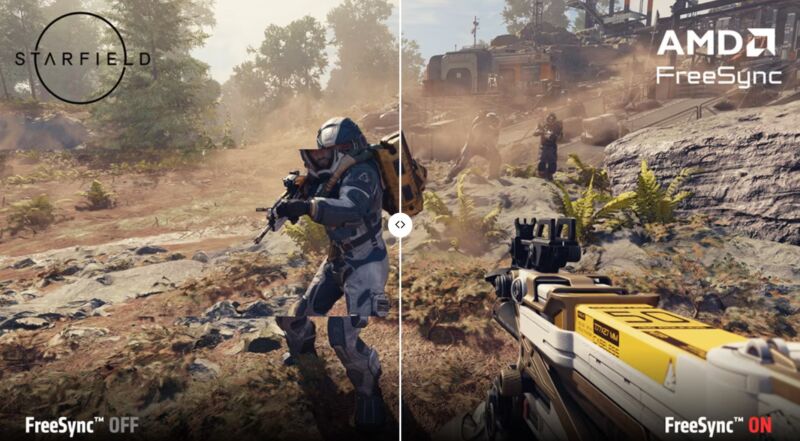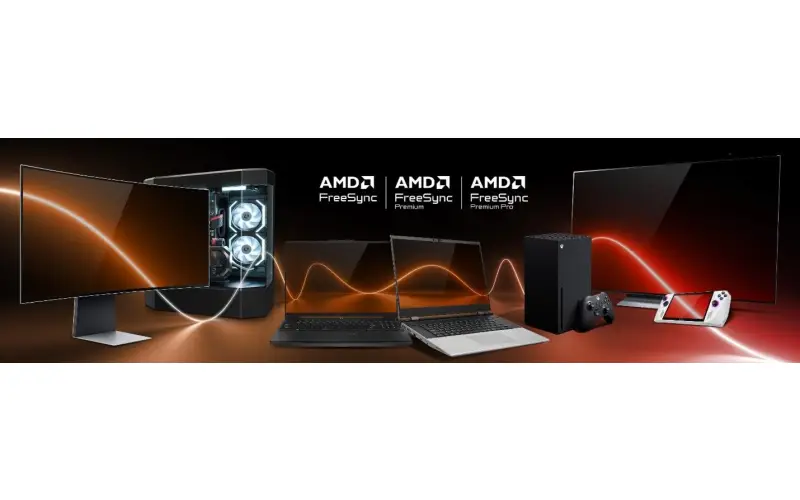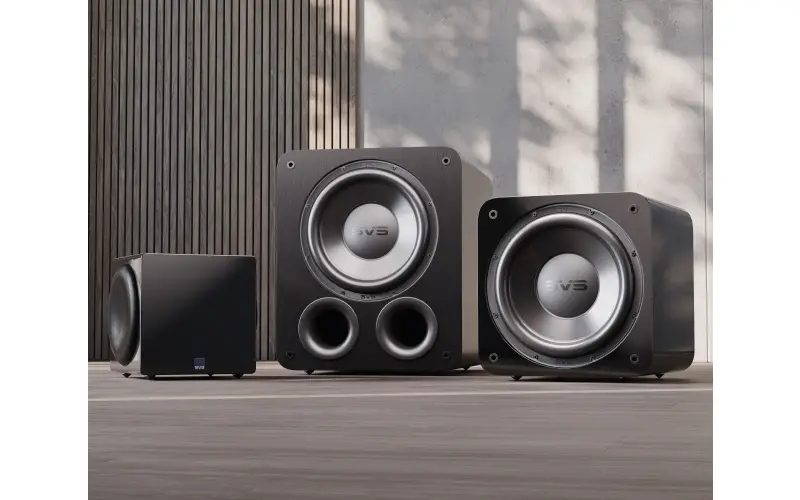By CE Critic - Buy Better Tech
Table of Contents
- What is AMD FreeSync?
- Benefits of high refresh rates
- AMD's updated FreeSync requirements
- The impact on the monitor market
- The future of display technology
AMD Raises Minimum Refresh Rate Requirements for FreeSync Certification
AMD recently raised the stakes for its FreeSync variable refresh rate (VRR) technology. Monitors and TVs aiming for FreeSync certification must now meet higher refresh rate requirements, reflecting the ever-increasing performance standards of modern gaming displays. Let's break down what this means for gamers and the monitor market.
What is AMD FreeSync?
AMD FreeSync is a form of adaptive sync technology that helps eliminate visual artifacts during gameplay. Traditional displays have a fixed refresh rate (e.g., 60 times a second). When this refresh rate mismatches the frames per second (FPS) rendered by your graphics card, you can get:
- Screen tearing: Parts of the image appear offset, creating a jarring visual split.
- Stuttering: Uneven frame delivery makes the game feel choppy and less responsive.
FreeSync resolves these issues by dynamically synchronizing the monitor's refresh rate with the GPU's frame output. This ensures a smooth, tear-free gaming experience, even when frame rates aren't perfectly stable.

Benefits of high refresh rates
Higher refresh rates directly translate to smoother gameplay. A 144Hz monitor, for example, refreshes the image 144 times per second, compared to just 60 times per second on a standard 60Hz display. This delivers several benefits:
- Increased fluidity: Games appear notably smoother, especially fast-paced genres like racing titles or first-person shooters.
- Enhanced responsiveness: Reduced latency between the GPU rendering a frame and the monitor displaying it makes the game feel snappier and more responsive to your inputs.
- Competitive edge: In competitive games, higher refresh rates can offer a subtle advantage as you see and react to on-screen events faster.
AMD's updated FreeSync requirements
Acknowledging the rising popularity of high refresh rate displays, AMD has updated its FreeSync certification tiers. These are the primary changes:
- FreeSync: The minimum refresh rate for monitors under a 3440 pixel horizontal resolution is now 144Hz (previously 60Hz).
- FreeSync Premium: This tier now requires at least 200Hz on qualifying monitors (previously 120Hz). For resolutions exceeding 3440 horizontal pixels, the requirement remains at 120Hz.
- FreeSync Premium Pro: Meets FreeSync Premium standards with additional HDR support.
Laptop displays maintain their previous FreeSync requirements. Existing FreeSync-certified devices, even if below these thresholds, will continue to be supported.
The impact on the monitor market
This shift primarily affects the budget monitor segment. Previously, even relatively inexpensive displays could gain FreeSync certification, offering smoother visuals for casual gamers. With the new requirements, the baseline cost of a FreeSync monitor will likely rise.
However, this change aligns with market trends. High refresh rate gaming monitors are no longer niche products. AMD's decision solidifies FreeSync's position as a technology targeting serious gamers demanding the very best performance.
The future of display technology
The evolution of high refresh rate monitors is ongoing. While 144Hz-240Hz is now mainstream, enthusiast displays exceeding 360Hz are available for competitive players seeking every millisecond of advantage. AMD's updated FreeSync requirements indicate greater industry emphasis on high-performance, immersive gaming experiences.





